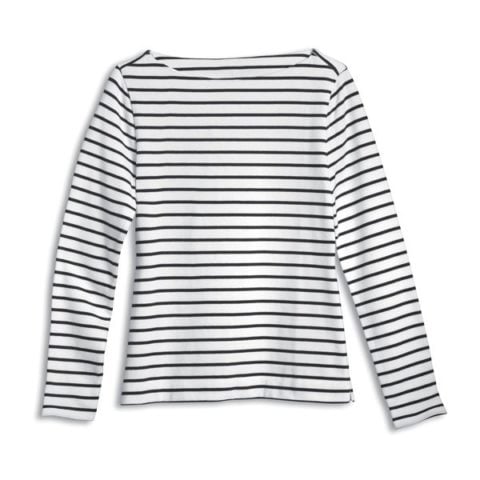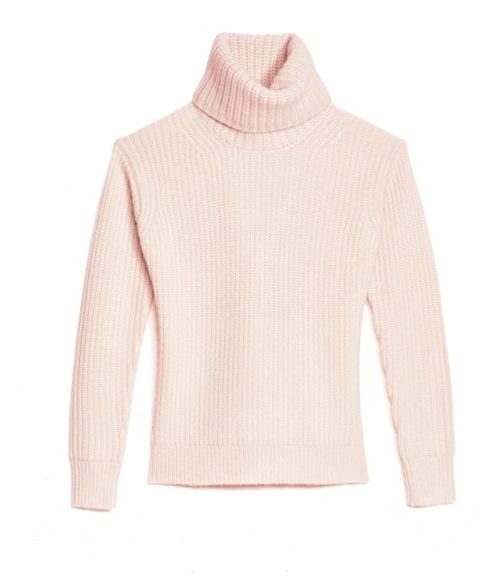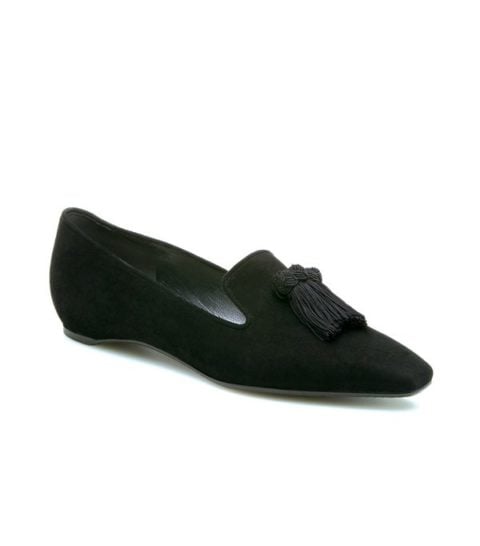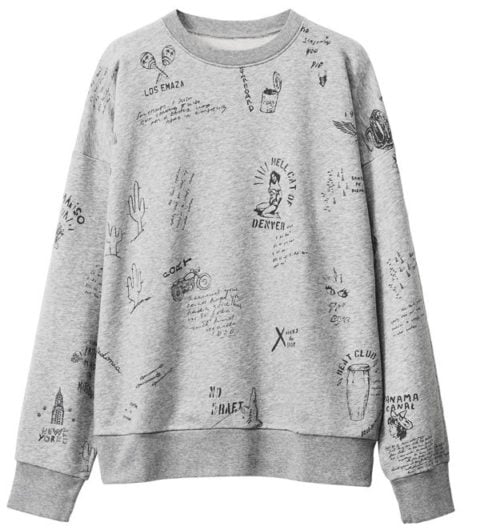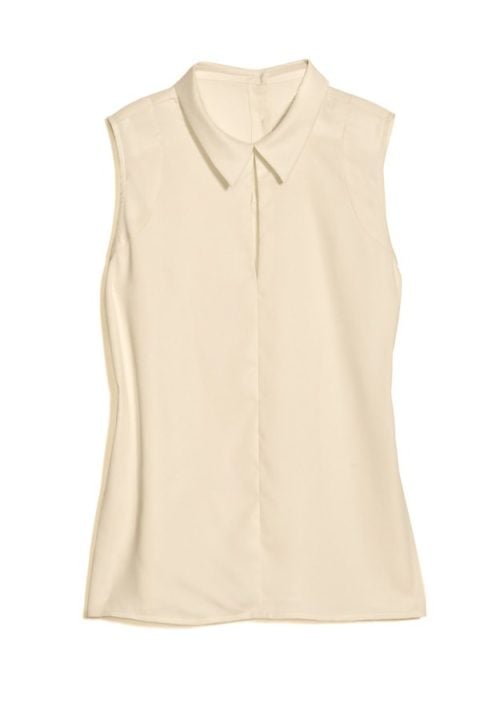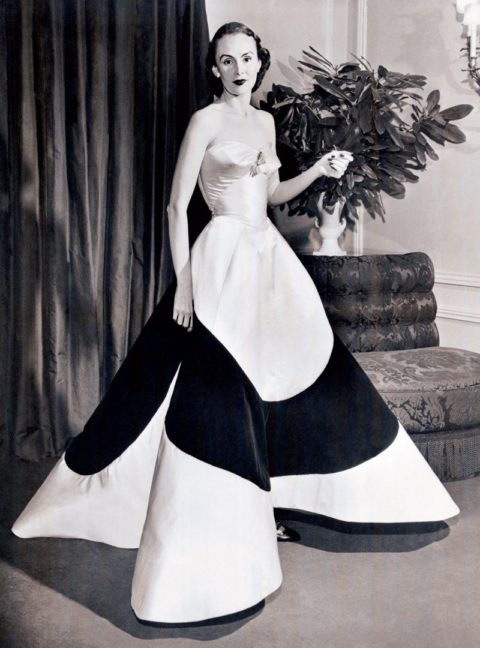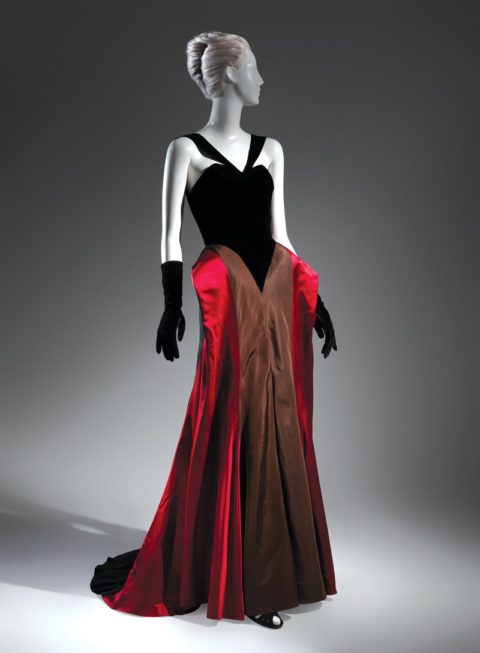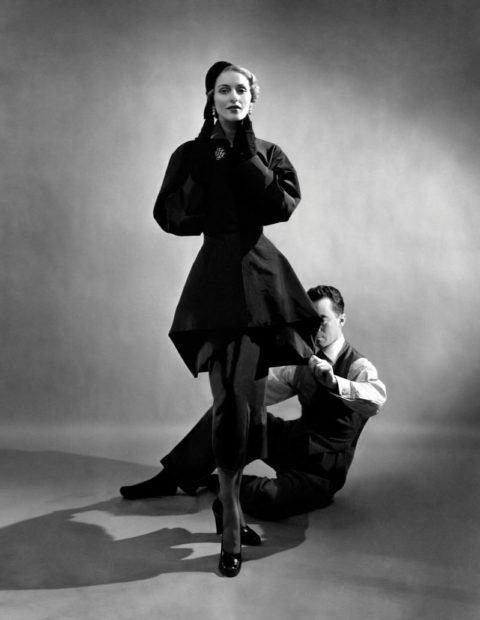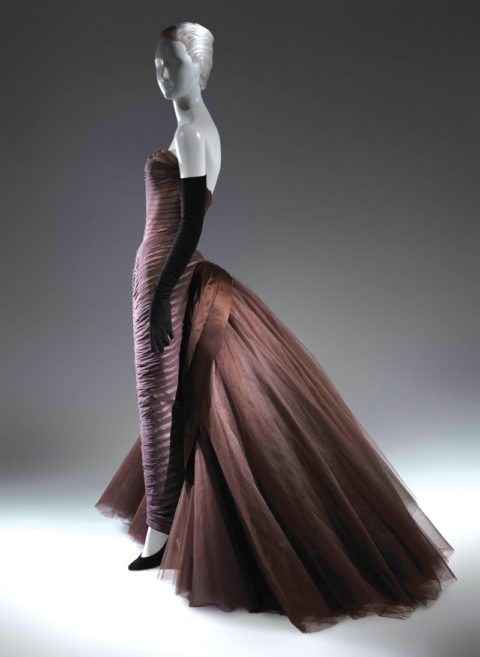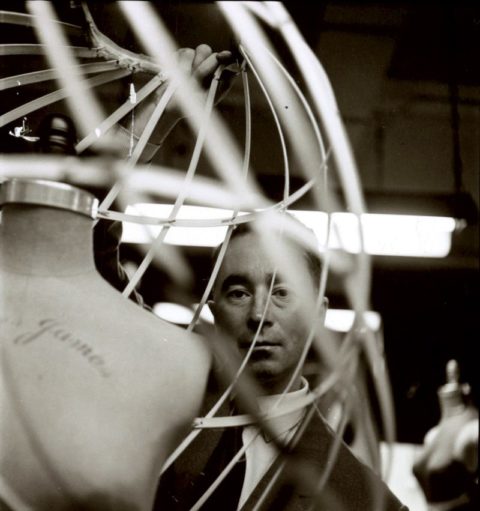FASHION Magazine
-
How to get the most out of cosmetic procedures: Tips and tricks to help you hurt less and heal faster

When an internet beauty exec returned from lunch with a hefty bruise creeping up her cheek, she feigned slipping on a curb. Colleagues guessed otherwise. “Post-injection bruising,” they surmised, and they were probably right. If she’d known to lay off aspirin and to reschedule her appointment for after her period, she might have avoided that tell-tale raspberry. And isn’t that the goal of a nip-tuck, to emerge new and improved without any visible signs? These pre- and post-procedure tips can help you avoid such pitfalls—and potentially improve your results.
Bruising is the most common post-treatment giveaway, and doctors like Francesca Fusco work hard to help patients avoid it. Years on dermatology’s front lines have helped Fusco perfect what works—right down to inquiring about a patient’s cycle. “When we’re premenstrual, our skin and blood vessels are more ‘leaky’ and prone to prolonged bruising, so I recommend avoiding injections on those days,” says the Manhattan dermatologist.
-
From the May Issue: Florals get a revamp for spring in this hyper-hue photo shoot

Photographed by Moo. Styled by George Antonopoulos. Hair and makeup by Veronica Chu for Covergirl. Fashion assistant, Eliza Grossman. From digitized foliage to hand beaded blooms, this spring offers a garden of earthly delights. In this vibrant photo shoot from our May 2014 issue, florals take a spin for yet another season and proof less ordinary than ever.
-
Spice route: The history behind Yves Saint Laurent’s latest skincare development

Photography: Product by Carlo Mendoza; Saint Laurent by Guy Marineau Yves Saint Laurent found beauty and inspiration in Morocco, and now its natural bounty has yielded a precious skin-preserving ingredient known as red gold: saffron.
A young Yves Saint Laurent, looking relaxed and casual in a white open-necked shirt and white flares, strolls through Marrakech’s Djemaa El Fna square, chatting to a Marrakchi woman with a basket atop her head. It’s one of many personal snapshots from the book Yves Saint Laurent: Une Passion Marocaine, handwritten in French by his partner in business and life, Pierre Bergé. Saint Laurent was fascinated by the goings on in the square, often walking there to watch the acrobats, snake charmers and gnawa dancers who still bring life, music and art to the city today.
-
Snapped by Tommy Ton: “This is the outfit of the season”
“The moment I saw Veronika, it immediately clicked in my head: ‘this is the outfit of the season.’ From what I’ve been seeing across the board, comfort has really been on people’s minds, and this for me was the perfect balance of comfort and fashion. It captures the mood of how women in fashion are […]
The post Snapped by Tommy Ton: “This is the outfit of the season” appeared first on FASHION Magazine.
-
The battle against colourism: How beauty brands are addressing darker skin tones

Photography by Peter Stigter In the days before the Academy Awards, actress Lupita Nyong’o could have stuck to primping for her big night, but instead she chose to speak about “dark beauty” at the annual Essence Black Women in Hollywood luncheon. She read aloud a letter from a fan who, after seeing her success, had decided not to buy a skin-lightening cream. Nyong’o explained that she too once hated her skin tone, that she was teased and taunted, and that her “one prayer to God was that I would wake up lighter-skinned.” That fan wasn’t the only one paying attention: When Vanity Fair was accused of lightening the 12 Years a Slave star’s deep brown skin for her portrait in its February 2014 Oscar issue, armchair comments ranged from “Black people like to be adequately lit too” to “It’s so nice to finally see a black celebrity with really dark skin.”
It’s easy to think of Beyoncé, Rihanna and Freida Pinto as symbols of inclusivity; they are, but with their light skin and/or light eyes, they represent a beauty ideal that many women of colour can never hope to achieve. Colourism (or shadeism) is a type of discrimination that occurs within ethnic groups, creating a quiet divide between light- and dark-skinned people of colour. It drives women to choose too light a foundation; use lightening creams with dubious ingredients and results; or opt for surgical treatments. If you’re any type of brown, hearing an auntie say, “Stay out of the sun or you’ll get too dark!” is about as common as being told to eat your vegetables.
-
How to wear jeans at any age: 4 perfect runway-inspired looks
How to wear jeans at any age »
Maintaining their place at top of modern day wardrobe food chain, jeans reign supreme as the modern day must-have. Here, we prove they’re just as versatile, whether you’re in your twenties, thirties, forties and beyond. Taking runway inspiration from 4 of this season’s hottest looks, we present: how to wear jeans at any age.
-
Even at 65, Linda Rodin does a white shirt better than us

Photographed by Gabor Jurina. Styled by Susie Sheffman. Hair by Clelia Bergonzoli for utopianyc.com. Makeup by Akiko Sakamoto for See Management/Chanel. Manicure by Megumi Onishi. Fashion assistant, Eliza Grossman. The classic men’s shirt is this season’s inspiration for dresses, skirts and more. Who better to model spring’s take on a classic than Linda Rodin, the 65-year old beauty whose modelling career, like its popularity, is booming more than ever.
-
Why we buy the same thing over and over: The science behind your closet of repeat offenders

Photography by Carlo Mendoza with styling by Rei Breidis for Judy Inc The 5 items our staff buys over and over »
In Breakfast at Tiffany’s, we first meet an elegant if forlorn Holly Golightly peering into the windows of Tiffany & Co. She’s wearing sunglasses and a long black dress. Fast-forward a few scenes and we see her scrambling to get ready for a meeting, hastily slipping her lithe frame into a little black dress. And in the penultimate scene, she leaves the police station for a flight to Brazil and changes into—you guessed it—a black dress. We never actually see Holly’s closet, but it seems pretty plausible that there are at least a few more black dresses in there. She may be a fictional character, but Holly Golightly’s tendency to amass multiple versions of the same item is a classic case of art imitating life. When I moved out of my apartment in December, my boyfriend packed up my bedroom and marvelled at how many pairs of dark blue skinny jeans I own. “There’s your hoard of denim,” he said, pointing to a large, overflowing suitcase (it needed to be expanded to accommodate them all). I’ve personally declared a moratorium on my mother purchasing any more navy-blue suits, and a friend recently made me vow to step in if she tries to buy another pair of black flats. Even Jenna Lyons admits to having an entire rack of white shirts in her closet. So why, even with shelves of blue jeans, closets full of navy suits and countless pairs of black ballerinas, do we keep buying more?
-
Get to know Charles James: The forgotten genius behind this year’s Met Gala exhibit

Charles James gowns photographed by Cecil Beaton View some of Charles James’s most famous pieces »
Most people know their Chanel from their Givenchy, but bring up Charles James and you’ll likely hear crickets. Lauded as “the world’s best and only dressmaker who has raised haute couture…to a pure art form” by Cristóbal Balenciaga, he might just be the greatest couturier you never knew existed.
Born in 1906 to a British military officer and an American socialite, James got his start as a milliner in Chicago before finding his calling in couture. After moving to New York in 1939, he became the most exclusive dressmaker for America’s high-society swans, including Austine Hearst, Millicent Rogers and Babe Paley—a clientele he personally vetted, even giving them direction on how to move, sit and dance in his designs.
And with creations as sensational as his, James could afford to be choosy. His sweeping gowns and signature silhouette—strapless bodice, tiny waist, voluminous skirt—conveyed a sense of grandeur and majesty that ensured the wearer would be the star of any room. Even Christian Dior attributed the inspiration for his career-defining New Look to a James idea.
-
Carine Roitfeld at 60: Reflecting on fashion’s sultriest editor-in-chief
Somewhere between doing what I could and doing what I wanted, the last line of Jonathan Franzen’s 2001 novel The Corrections became one of my favourite mantras: “She was seventy-five,” it goes, “and she was going to make some changes in her life.” The “she” here is Enid, a wife, mother and grandmother whose husband has just passed away, and who steps out of the hospital into a green spring night. It’s a sweet ending. It is also a real thesis, and few embody it better than public editrix number one, the Parisian expat and pushing-60 sex symbol Carine Roitfeld.
In February 2001, Roitfeld took the reins at Vogue Paris. After 10 years, a hundred wickedly “erotic-chic” issues and many, many angry calls to Condé Nast from duly offended citizens, she left—abruptly, amid a thicket of rumours. “I don’t want to get old in this golden cage,” she told The New York Times’ Cathy Horyn. Because her tenure at Vogue had shot her to the kind of icon status it takes most icons a lifetime to achieve, and because the attendant pressures had somehow left her forehead as cleanly unlined as her pencil skirts, it was easy to forget that Roitfeld was then 56 (she’s just five years younger than Anna Wintour). Post-Vogue, she promptly collaborated with M.A.C and posed with her family and friends in a Barneys campaign called “Carine’s World.” Then, moving to New York, she started her own ultra-culty magazine, CR Fashion Book, with offices in the Standard Hotel East Village. In other words, she did everything a thoroughly millennial It girl would do, except she was—is—a mid-career mother of two.
-
Proenza Schouler for M.A.C: An exclusive chat with Jack McCollough and Lazaro Hernandez about the beauty collab

Photography by Carlo Mendoza See the entire Proenza Schouler for M.A.C collection »
They say that youth is wasted on the young, but Jack McCollough and Lazaro Hernandez haven’t frittered theirs away. In 2002, at only 23, they launched Proenza Schouler, which has gone global. But in spite of running one of the most coveted labels in the world, they retain an air of boyish charm.
Seated in a suite in London’s Claridge’s hotel, both are in rumpled clothes and sneakers: Hernandez’s are New Balance, McCollough’s are Adidas. They’re here to discuss their partnership with M.A.C, a brand that has paved the way for designer makeup collaborations—Alexander McQueen, Rodarte and Gareth Pugh are a few it’s teamed with. “We don’t even think of them as collaborations,” says James Gager, senior vice-president and group creative director. “My attitude is these are just people who are part of our brand.” Given that M.A.C has been the beauty sponsor for Proenza’s shows since 2008, it’s a wonder it didn’t happen sooner.
-
FASHION Magazine May 2014 Cover: Lorde
For Lorde’s first Canadian magazine cover, the 17-year-old Grammy-winner was exclusively photographed and interviewed for FASHION Magazine on a quick stop in Texas during her recent tour. Taking time out between her sold-out concert in Austin and another sold-out show in Houston (where the cover was shot), the New Zealand-born pop star—she’s the country’s biggest […]
The post FASHION Magazine May 2014 Cover: Lorde appeared first on FASHION Magazine.
- Page 1 of 2
- Next page

